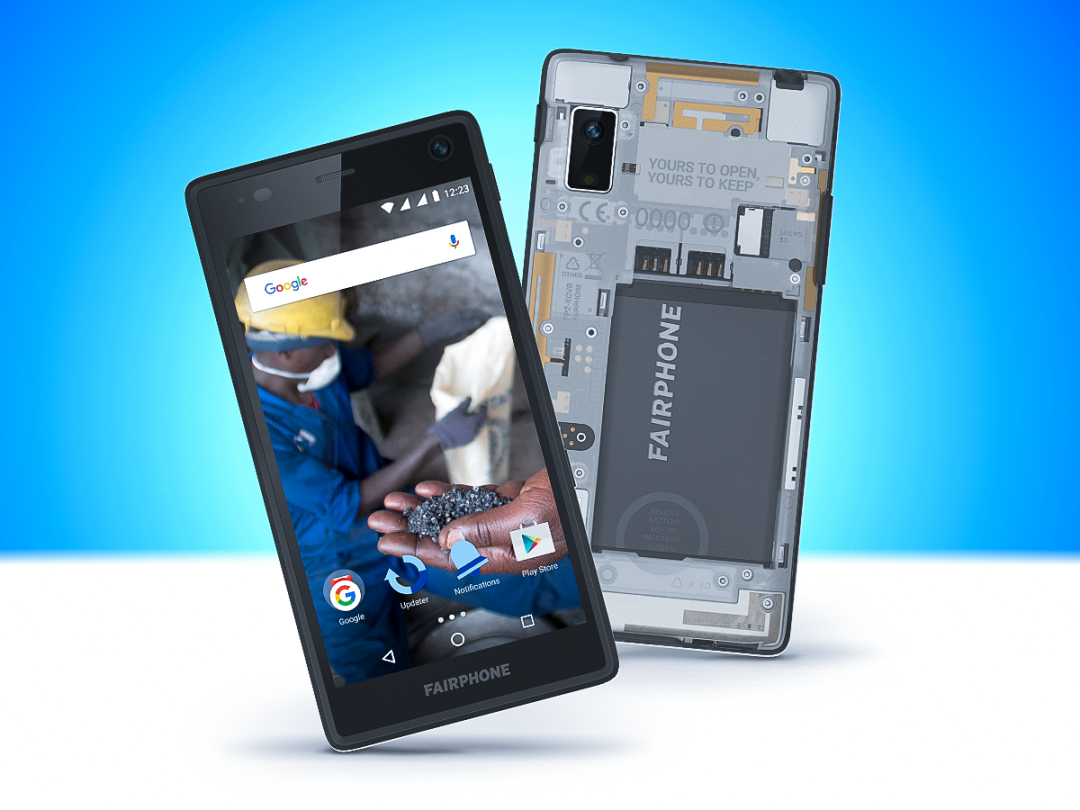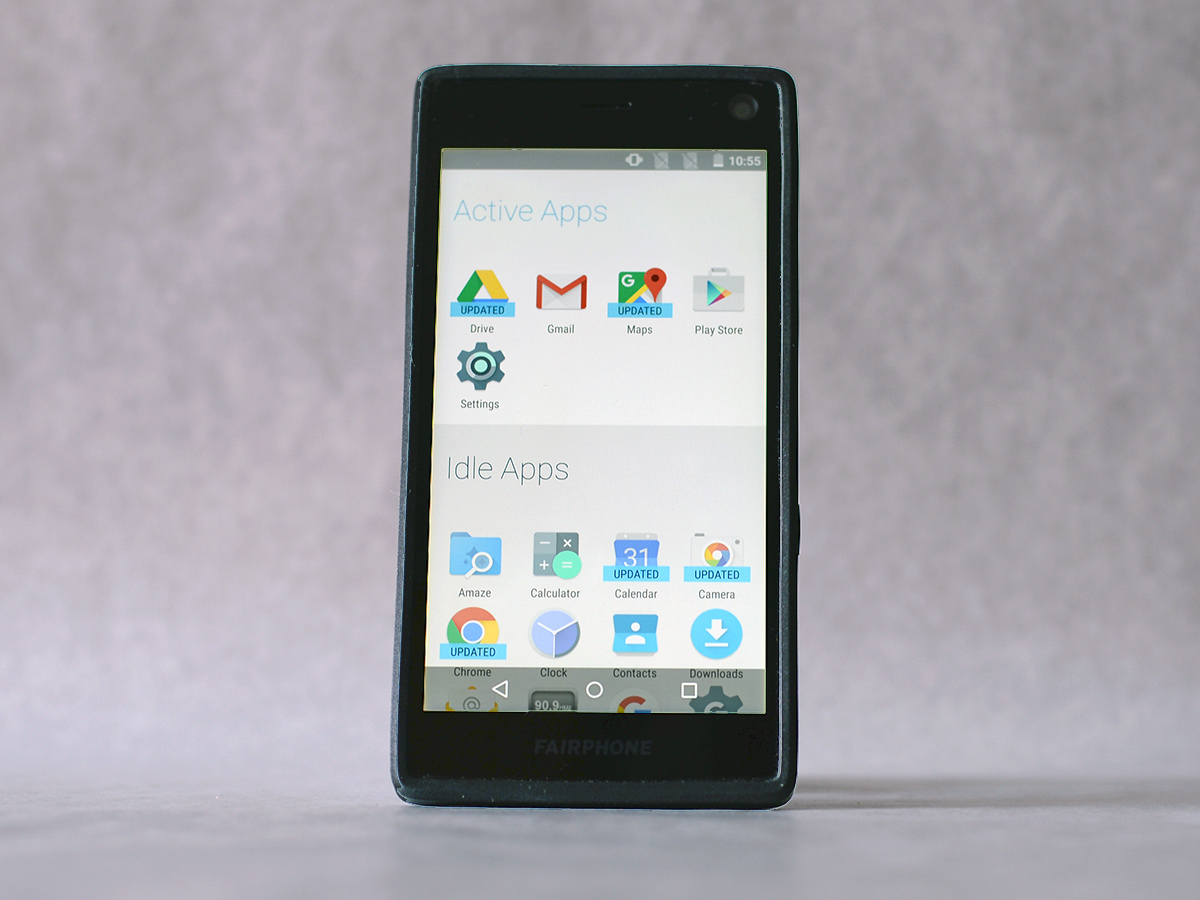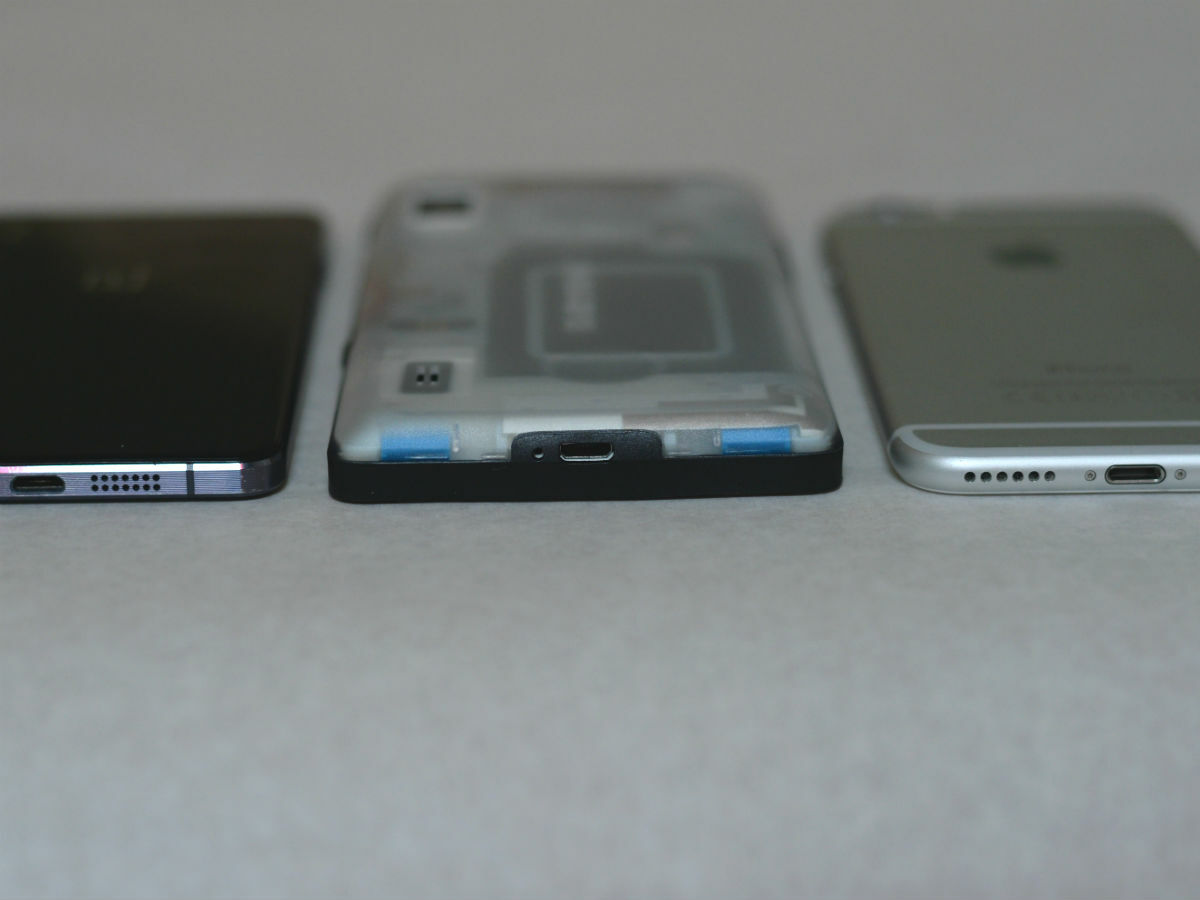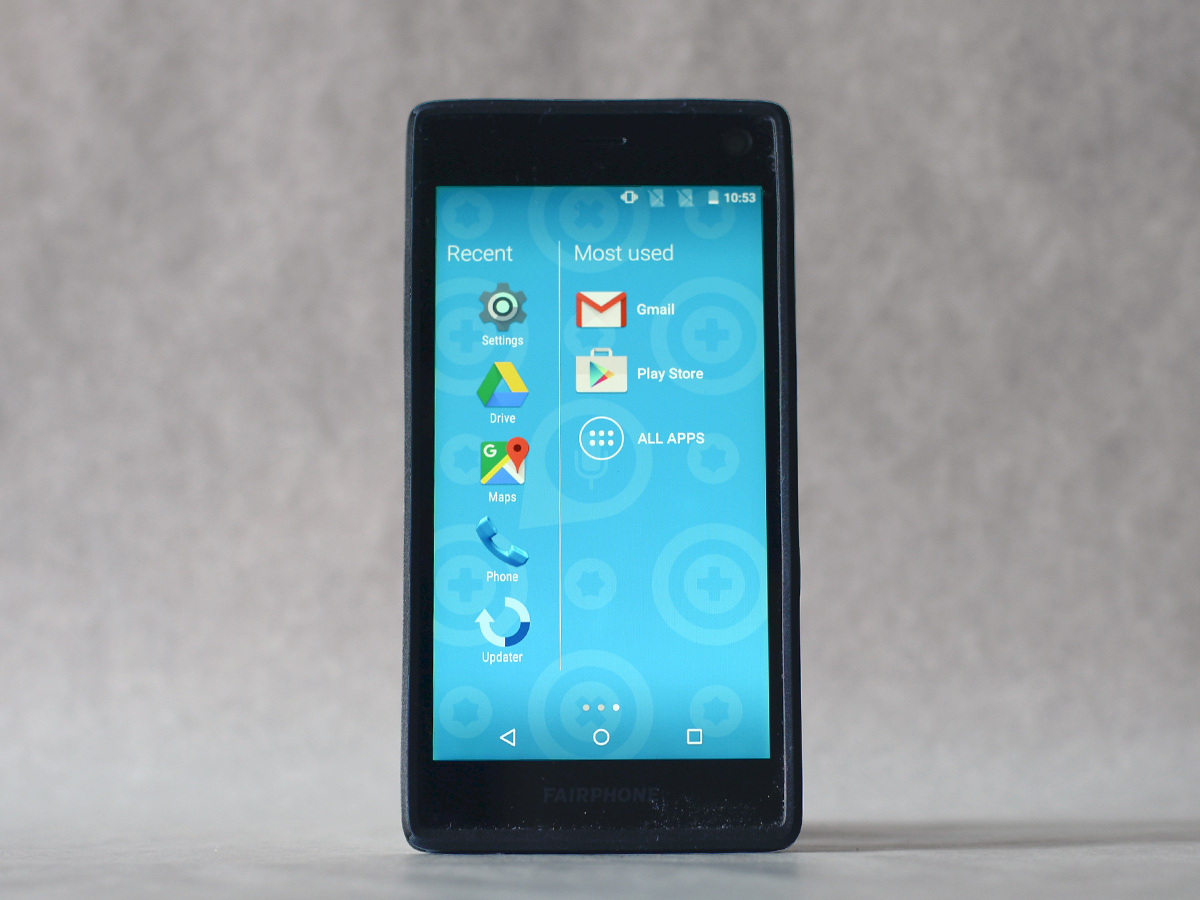Fairphone 2 review
Is this smartphone a match for its own angelic ethics?

Your next phone will be an amazing work of global collaboration.
Its chip will be created in Cambridge, its screen will be switched on in Seoul, its marketing will be made up in Manhattan. But first the materials that make it up – tantalum, tungsten, cobalt, gold and around 40 others – will need to be dug from the ground. It will need to be assembled in a factory.
This is the part of the story where a huge elephant wanders into the room. Complex devices need minerals from many countries, and at the far end of those long supply chains are people who get treated like dirt. The Fairphone 2 wants to do something about this last bit, while also offering you a great smartphone. We tested to see whether it could live up to laudable ideals.
A lesson in ethics

So what’s in a smartphone? UNICEF estimates that over 40,000 children work in cobalt mines across the southern part of the Democratic Republic of Congo, and the most recent report by Amnesty International found that 16 major multinational electronics brands buy battery components from suppliers who source their cobalt – used in the batteries of your phone, tablet, laptop and camera – from areas in which child labour is ‘rife’.
Meanwhile, a 2015 investigation by China Labour Watch found that the majority of workers making the most popular smartphone and tablet worked more than 60 hours a week, standing up, in factories where you can be fined five days’ wages for crossing your legs. This isn’t a lecture, intended to depress you or make you hate your phone. Because, while multinational companies aren’t known for their compassion, people – in general – are. Moral alternatives emerge and become mainstream.
That’s why most of the coffee and bananas in your local supermarket are Fairtrade. It’s why most of the eggs you eat are free-range. It’s also the reason over 17,000 people signed up to buy the Fairphone 2: the point of this phone is to show the world’s biggest corporations that you can build a decent blower without using conflict minerals, child labour or factories that treat people like components.
The other modular phone › LG G5 hands-on review
Okay, it’s good. But is it any good?

Design-wise, there’s no getting around the fact that the Fairphone 2 is chunky. In a market dominated by slender pieces of metal, the Fairphone 2 is resolutely plastic. With its heavy-duty case on, it’s 11mm thick – a little thinner than budget phones like the Moto G, but hefty next to an iPhone 6S or a OnePlus X. The hard plastic case is hard and plastic. It is durable, though, with that sturdy rear and a Gorilla Glass 3 screen.
At the launch event I saw one of Fairphone’s representatives drop it from ear height (a Dutch person’s ear height, a solid six feet) onto a tiled floor a couple of times, an ordeal it survived completely unscathed.
The Fairphone 2 also has a 5-inch 1080p display giving it a pixel density (or Crispitude, as we’ve decided to rebrand it) of 446ppi. Colours are bright without being too saturated. It doesn’t have the wide range and more natural colour you’ll find in some OLED panels, but it’s a very respectable screen.
Really, the best thing about the Fairphone’s design, though, is that it’s modular. Even more so than the LG G5. In fact, it’s the first modular phone ever to go on sale – something that many a hardware geek will relish.
A truly futureproof phone

A modular phone is essentially a phone that’s built from completely replaceable parts. This means that if you do manage to crack the screen or break another component, you can order parts from Fairphone’s website and fix it yourself. Contrast that with the iPhone 6s, which auto-annihilates itself (albeit, arguably, for sound security reasons) if opened by any non-approved person, and you can immediately see the benefit.



